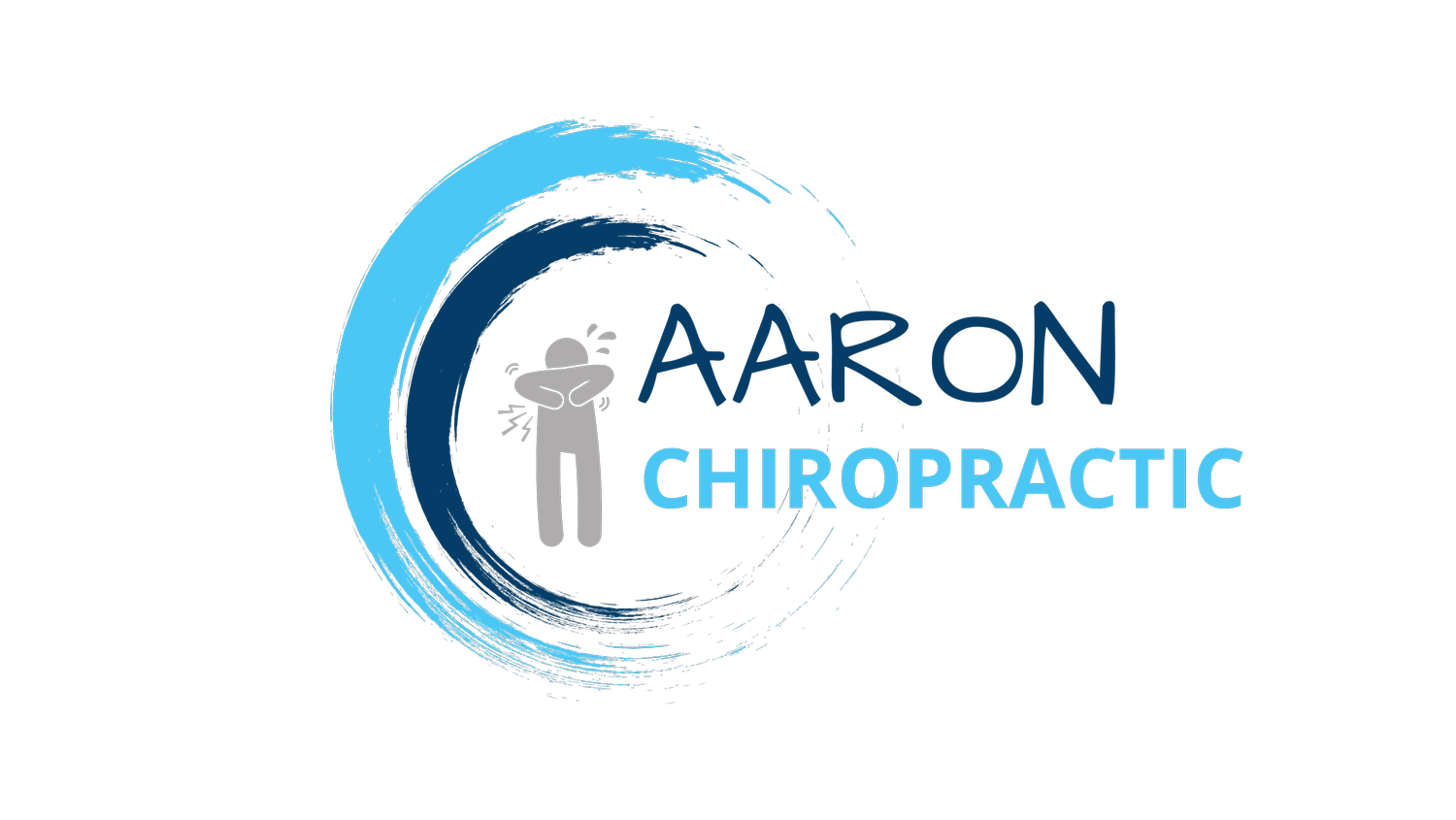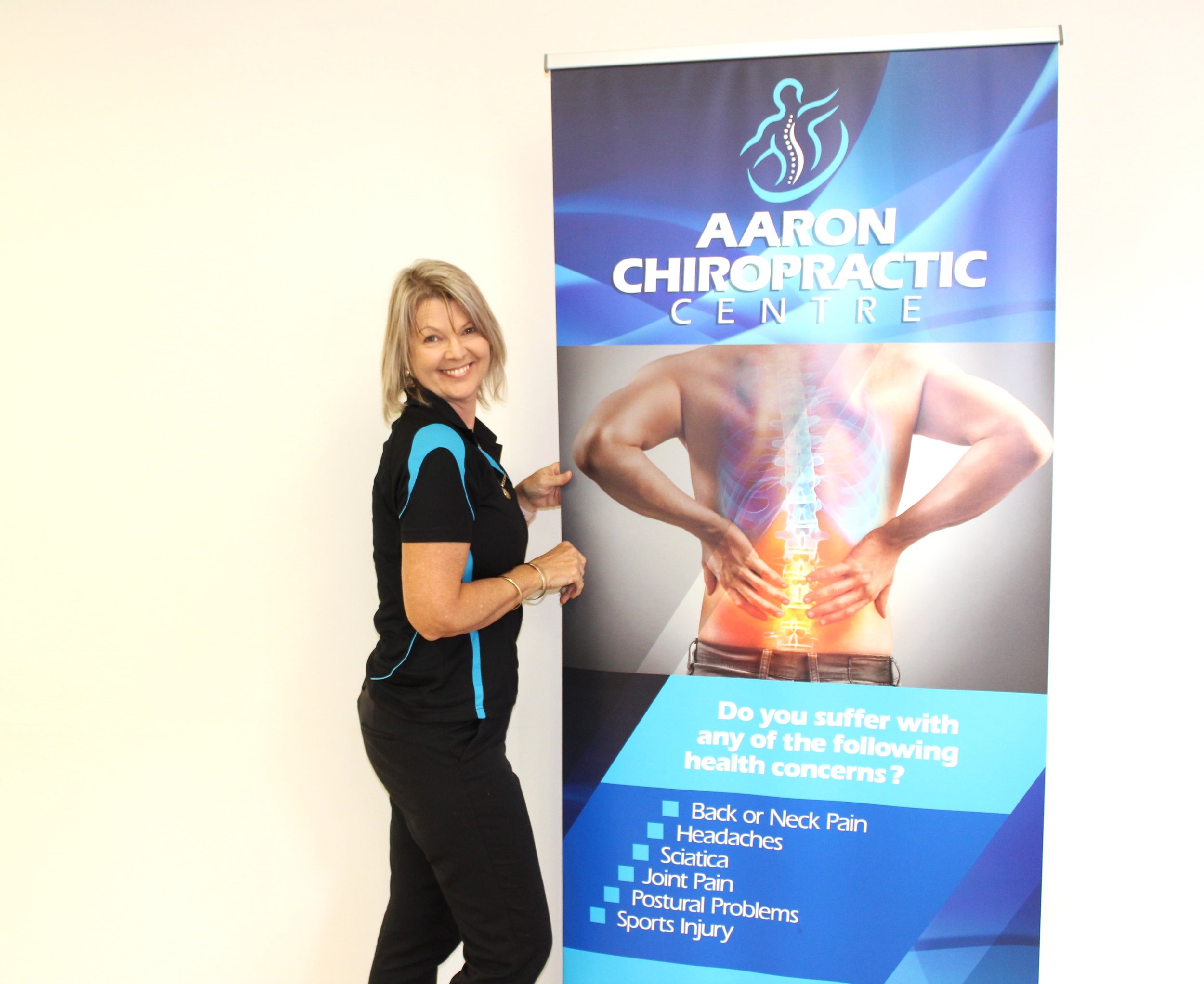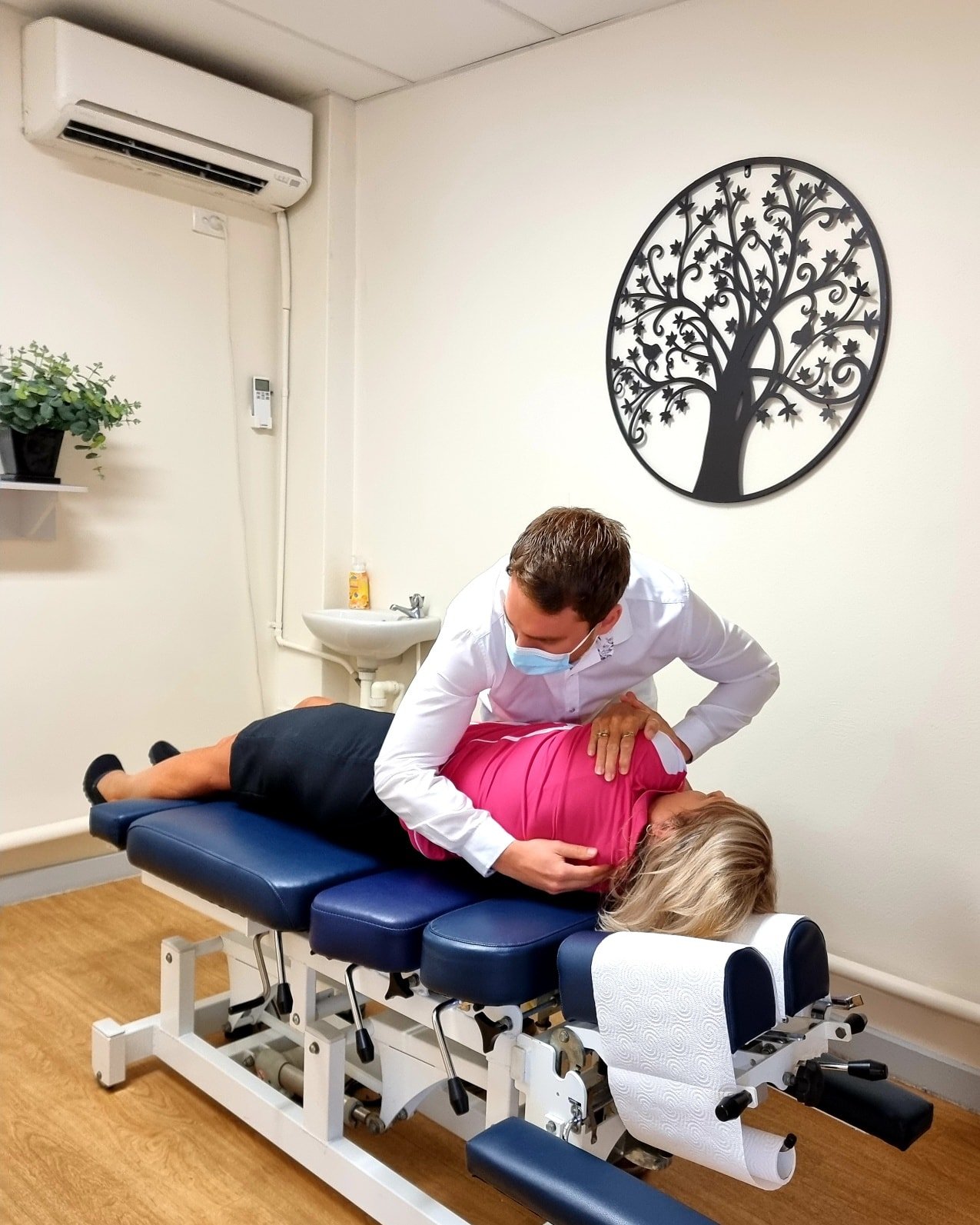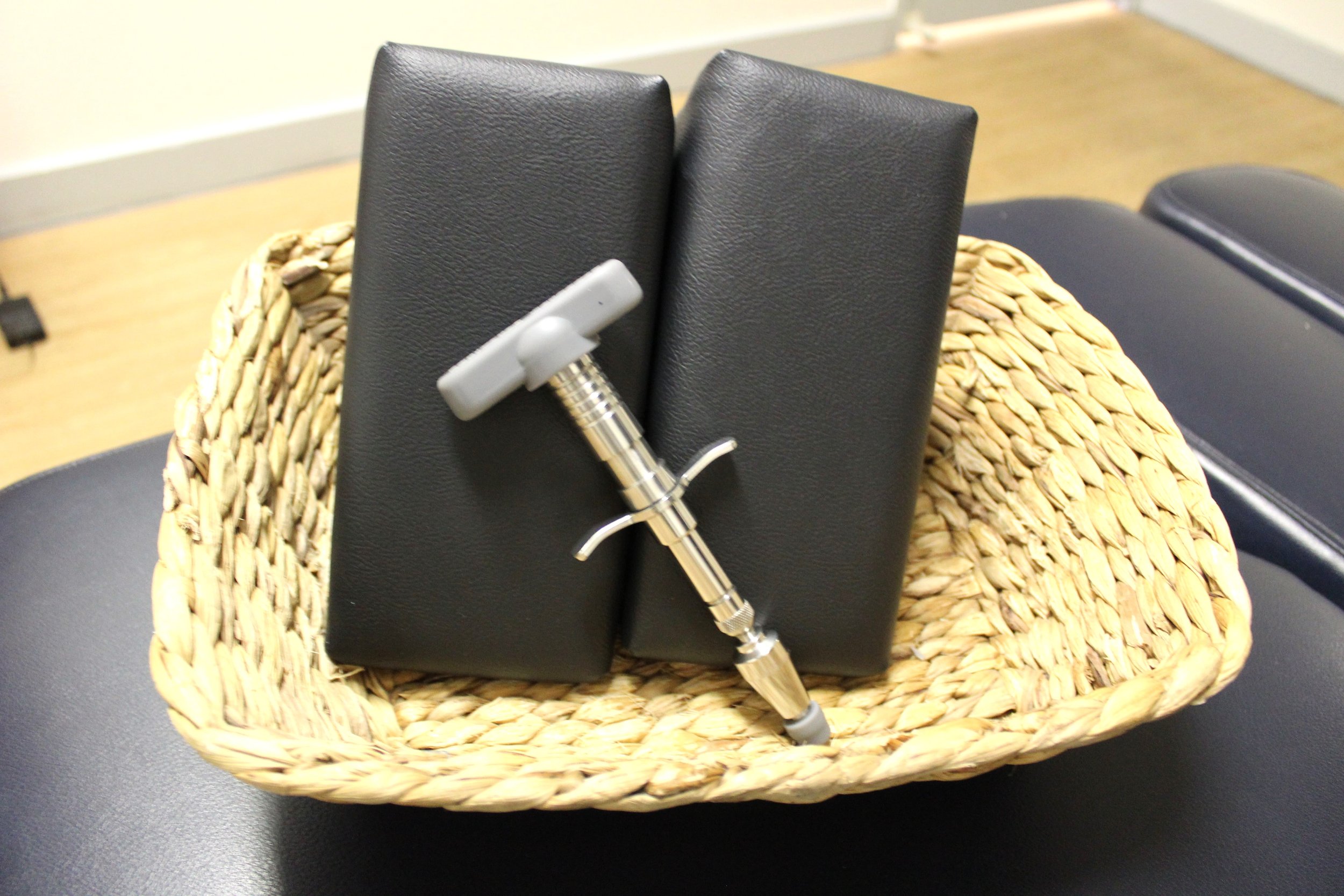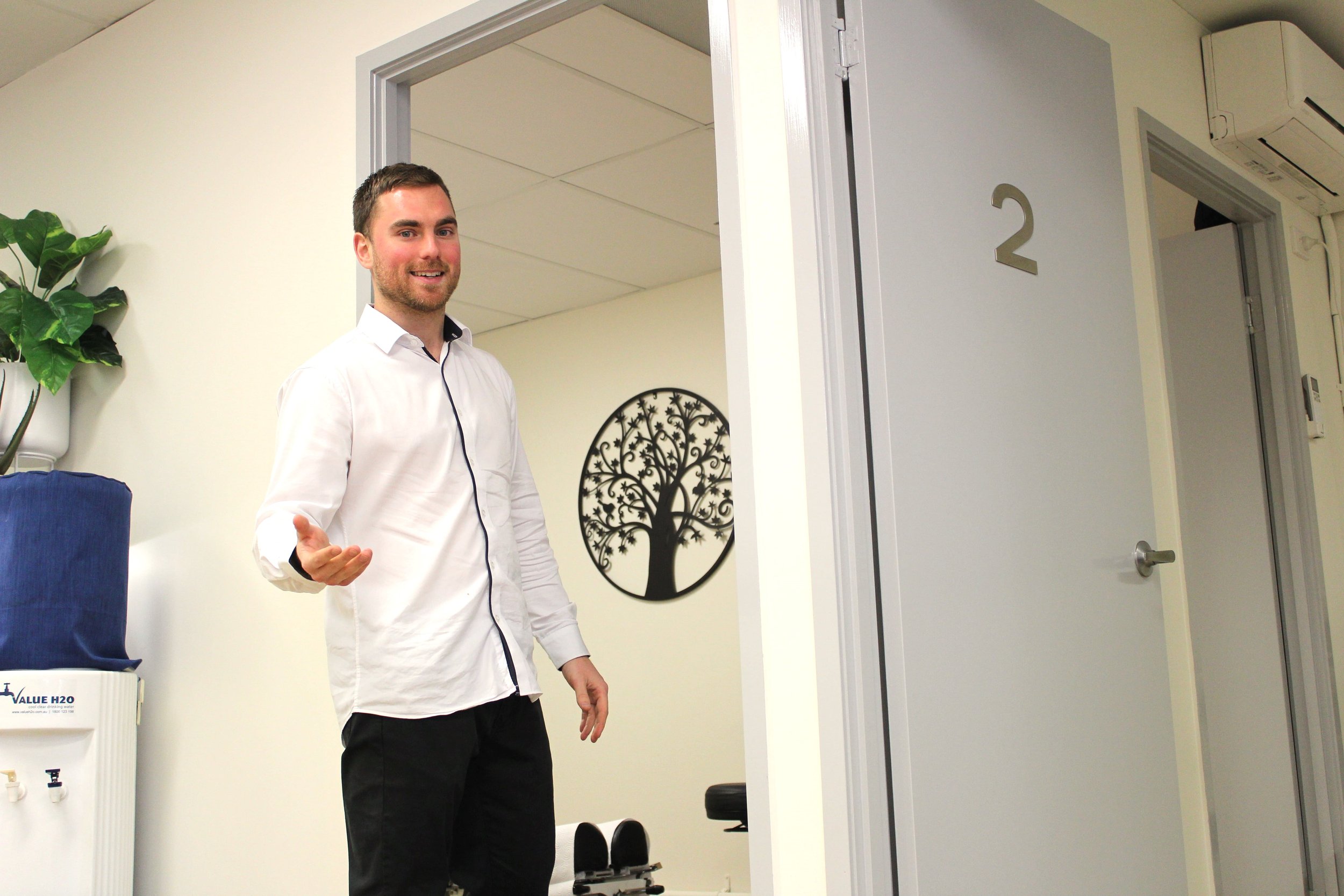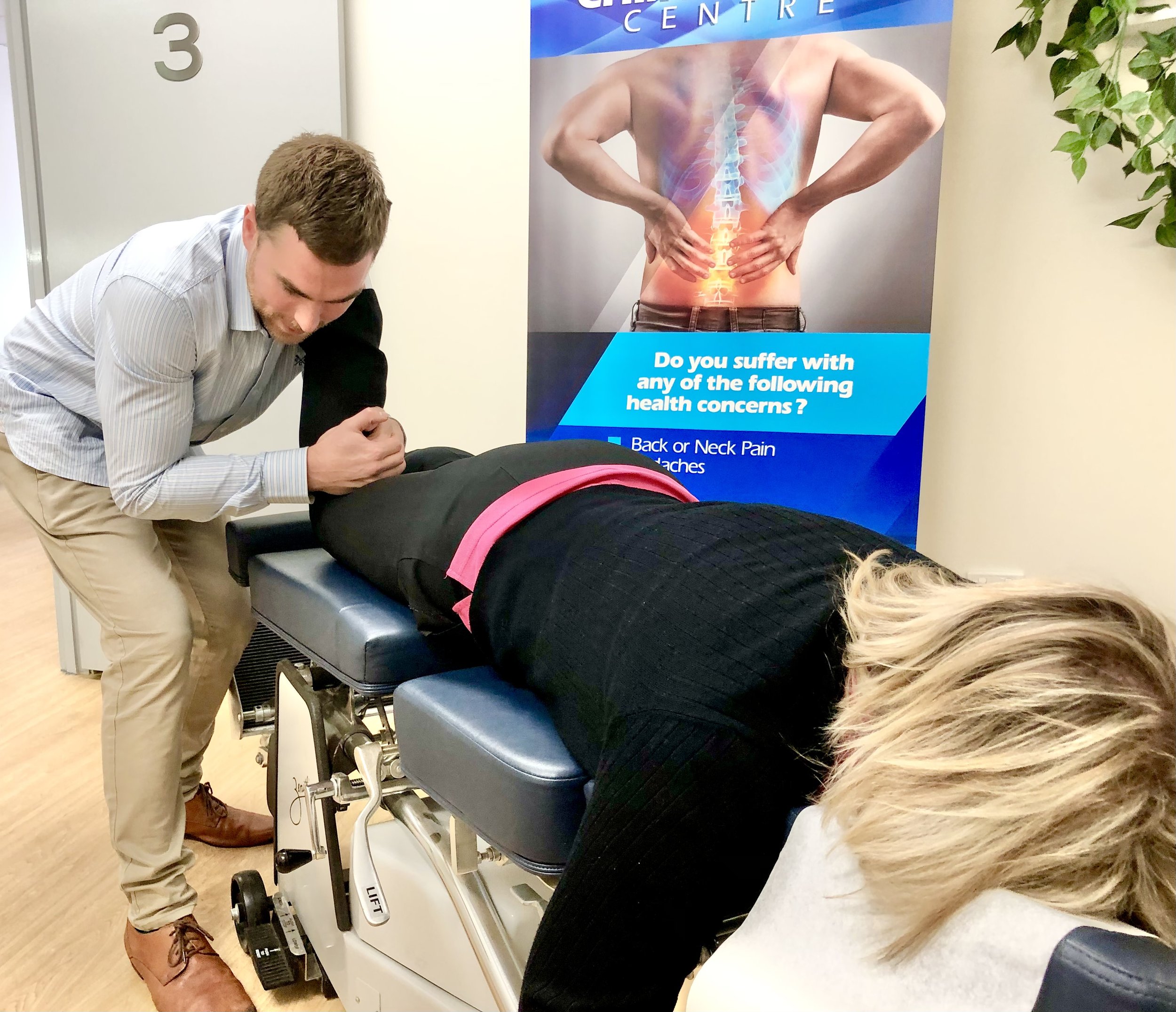Disc Bulge
Disc bulge key facts
Most bulging discs occur in the lower back, however the can occur in the neck and mid- back
Disc bulge symptoms can range from asymptomatic to severely disabling
Disc degeneration has been found to be present in high proportions of asymptomatic individuals [2]
Intervertebral disc are made up of 60-80% water which can reduce after exercise and improve with rest [3]
What is a disc bulge?
A disc bulge otherwise known as bulging or herniated disc is a condition which results from the damage or rupture of a spinal disc between two or more vertebrae. This can lead to the inner contents of the disc extending beyond the disc margins and can lead to compression of a nerve.
What are the common causes of disc bulge?
Many people have the misconception that one single event has created their bulging disc problem. Whilst this assumption may be true when the injury is traumatic, many bulging discs will happen gradually over time through improper posture and repetitive movements. An important note to remember for bulging discs is that “discs will tend to wear before they will tear”. Most people with a bulging disc would have likely had micro-tears in the disc long before they felt the symptoms. Common causes of bulging discs can include:
Repeated heavy lifting and twisting
Poor postures
Age-related wear and tear
Heavy/ hard work
Trauma
What are the the common symptoms of a disc bulge?
The symptoms of a bulging disc vary from asymptomatic to very severe pain which can travel down into the hands and feet. Symptoms will depend greatly on how bad the herniated disc is, a persons pain tolerance and how long it has been there. Common symptoms to look out for include.
Constant lower back pain
Pain worse at the end of the day
Inability to walk
Numbness or tingling down into the hands and feet
Electrical pain
Burning pain
Repeated muscle spasms
Stuck in a bent over position
Please seek IMMEDIATE medical treatment if you experience PARALYSIS or BLADDER or BOWEL incontinence.
How can you prevent a disc bulge?
Disc bulges tend to occur gradually over time and when we least expect it. For this reason it is always better to look at prevention of disc bulges rather than cure. A few key ways are:
Posture: Maintaining good posture to help reduce uneven pressures on the vertebral discs may prevent early disc herniations. Keeping your back straight and your core tight when standing up may help reduce the effects of slouching.
Exercise: Regular exercise helps to build strength to the muscles that support your spine. A good place to start is with regular walking or swimming for at least 20 minutes each time.
Strengthen: Muscles to always keep nice and strong include the gluteal muscle groups and the abdominal core. These muscle provide the foundation and support for the spine and can help reduce the impacts of life on the discs.
Weight: Maintain a healthy weight. More weight equals more pressure on every disc in your body. Every extra kilo of weight adds extra weight to your spine 24 hours a day, 7 days a week. Your ideal body weight can be calculated using a simple BMI calculation.
Avoid: Avoid heavy lifting and twisting movements as these are sure fire ways to have an early disc bulge in your life.
Chiropractic treatment and disc bulges
There is good evidence to support that spinal manipulative therapy is effective in the treatment of disc herniations [1]. Chiropractic care will depend greatly on the severity of a disc bulge and may include traction therapy, SOT blocks, Activator, drop piece table or traditional Chiropractic techniques. In the majority of cases rehabilitation exercise will be provided to help strengthen and support the spine and reduce reoccurrences.
Need more help?
Are you unsure if you need a chiro, physio or massage or would you like more information? Contact us and ask to speak to one of our friendly Chiropractors, risk free!
Quick Facts
-
Aerobic exercise like walking is a great to help strengthen and prevent slipped discs. Swimming and hydrotherapy on the other hand is excellent for when you have a slipped disc as it all for a helpful traction force on your disc.
-
Slipped discs and pinched nerves can result in very similar symptoms. The best way to tell if it is a slipped disc is through the use of medical imaging e.g. MRI or CT scans.
-
Pain can come on in the form of numbness, weakness, tingling and shooting down the back of the leg and into the big toe. Muscle co ordination and strength may also decrease in the gluteal muscles, hamstring and calf’s
References
Lisi, A. J., Holmes, E. J., & Ammendolia, C. (2005). High-velocity low-amplitude spinal manipulation for symptomatic lumbar disk disease: a systematic review of the literature. Journal of manipulative and physiological therapeutics, 28(6), 429–442. https://doi.org/10.1016/j.jmpt.2005.06.013
Brinjikji, W., Luetmer, P. H., Comstock, B., Bresnahan, B. W., Chen, L. E., Deyo, R. A., Halabi, S., Turner, J. A., Avins, A. L., James, K., Wald, J. T., Kallmes, D. F., & Jarvik, J. G. (2015). Systematic literature review of imaging features of spinal degeneration in asymptomatic populations. AJNR. American journal of neuroradiology, 36(4), 811–816. https://doi.org/10.3174/ajnr.A4173
Chokan, K., Murakami, H., Endo, H., Mimata, Y., Yamabe, D., Tsukimura, I., Oikawa, R., & Doita, M. (2016). Evaluation of Water Retention in Lumbar Intervertebral Disks Before and After Exercise Stress With T2 Mapping. Spine, 41(7), E430–E436. https://doi.org/10.1097/BRS.0000000000001283
